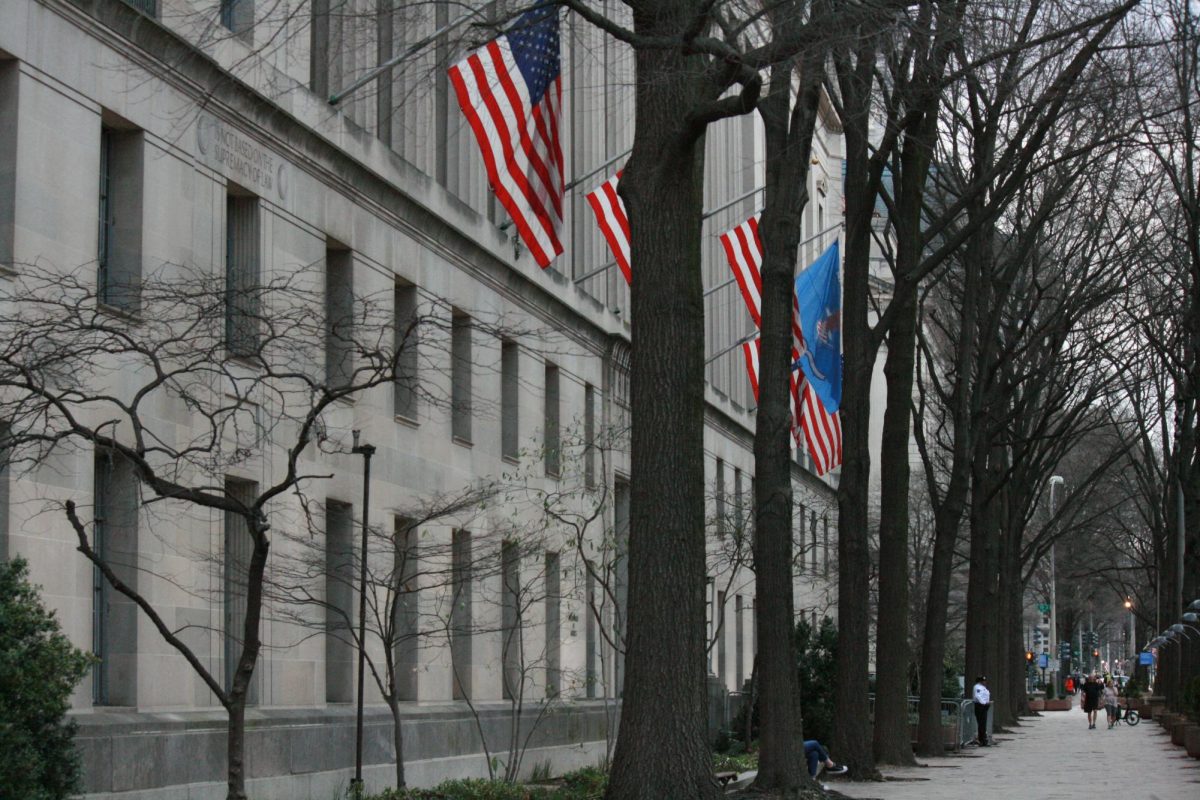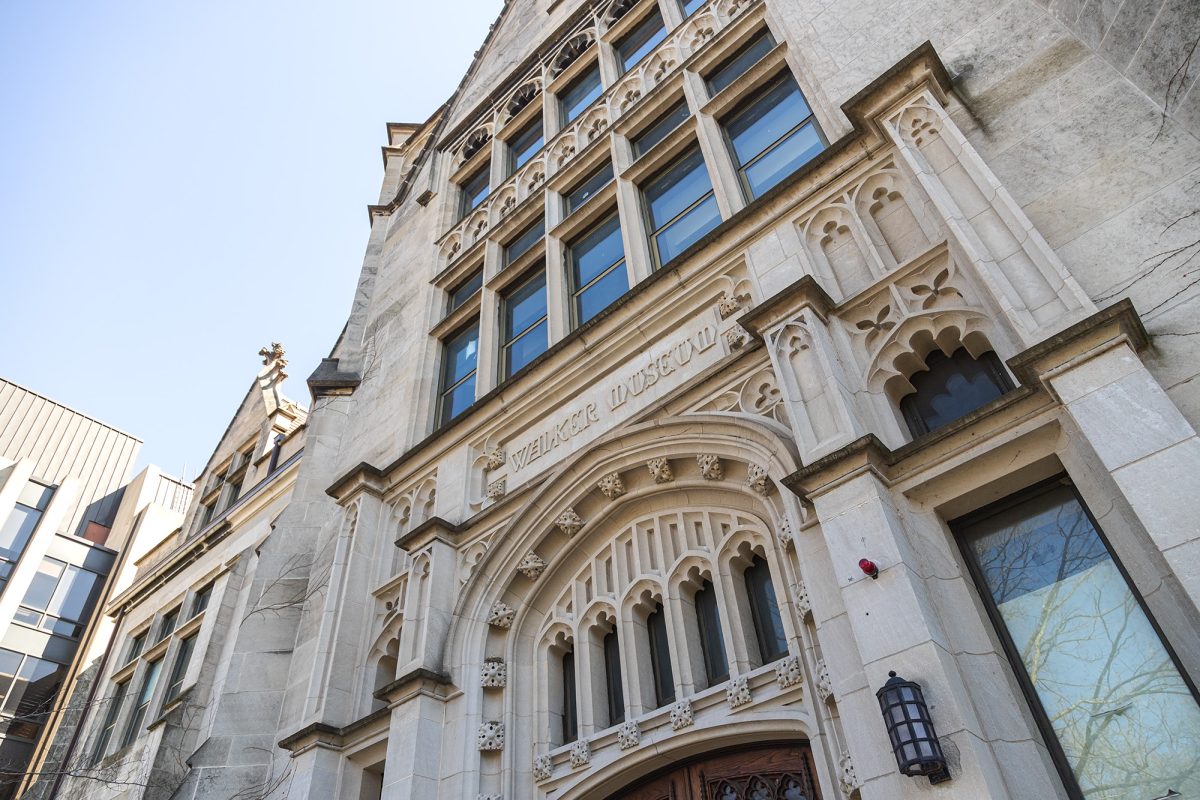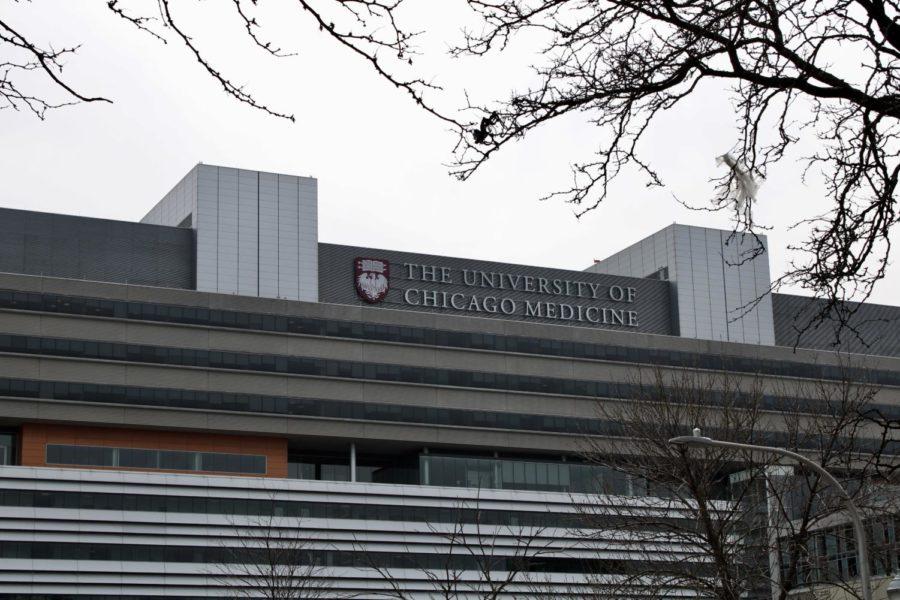And just when you thought things could get no worse in Zimbabwe, inflation hits…hard:
How bad is inflation in Zimbabwe? Well, consider this: at a supermarket near the center of this tatterdemalion capital, toilet paper costs $417.No, not per roll. Four hundred seventeen Zimbabwean dollars is the value of a single two-ply sheet. A roll costs $145,750 — in American currency, about 69 cents.
Of course, an optimistic view is that this could lead to the destabalization of Robert Mugabe’s murderous regime, the New York Times both dismisses and reinforces this. First it discusses how Mugabe’s regime is in good shape and taking on potential unrest the old school way:
Although there is no credible threat to his 26-year rule, Zimbabwe’s political opposition is calling for mass protests against the economic situation. So Mr. Mugabe has tightened his grip on power even further, turning the economy over to a national security council of his closest allies. In addition, he has seeded the government’s civilian ministries this year with loyal army and intelligence officers who now control key functions, from food security to tax collection.
But then the article discusses how Mugabe is keeping loyalists placated by printing trillions of Zimbabwean dollars, which is how he got into this problem in the first place:
This will only worsen inflation, for printing too many worthless dollars is in part what got Zimbabwe into this mess to begin with. Zimbabwe fell into hyperinflation after the government began seizing commercial farms in about 2000. Foreign investors fled, manufacturing ground to a halt, goods and foreign currency needed to buy imports fell into short supply and prices shot up.
So if this vicious cycle of printing money to placate supporters followed by hyperinflation continues how can Mugabe remain in power?







